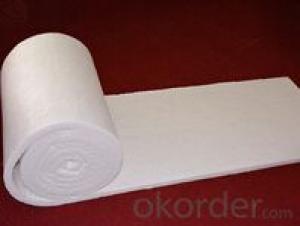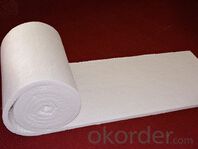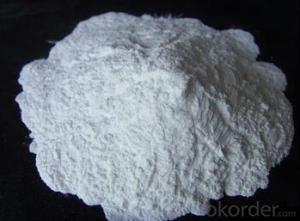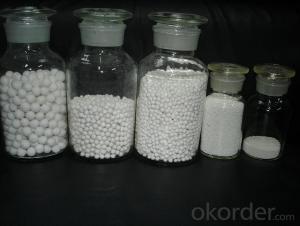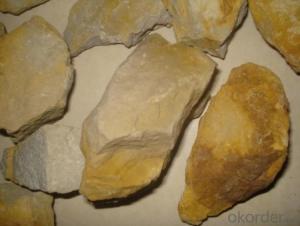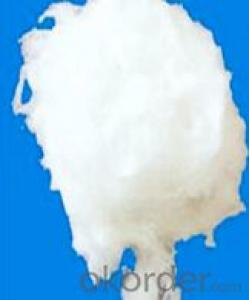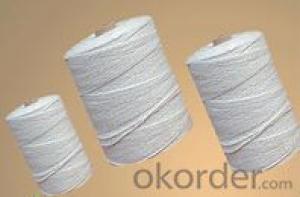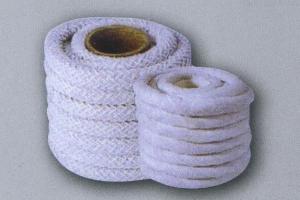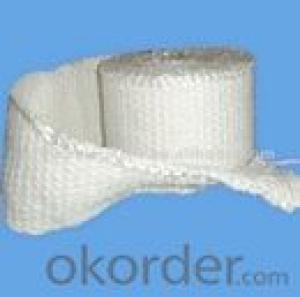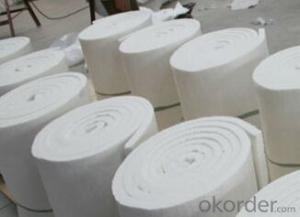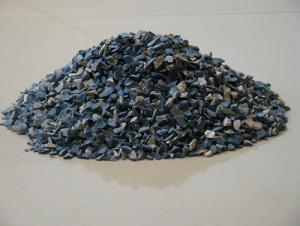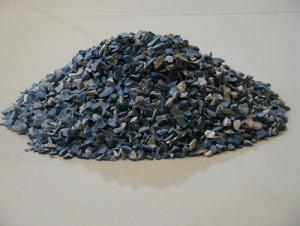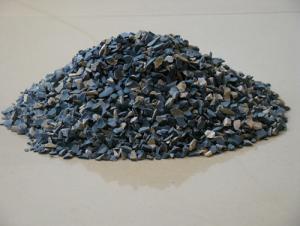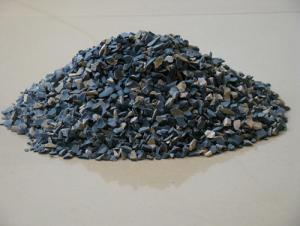Raw Materials for Ceramic Fiber Refractory Material for Furnace
- Loading Port:
- China Main Port
- Payment Terms:
- TT OR LC
- Min Order Qty:
- -
- Supply Capability:
- -
OKorder Service Pledge
OKorder Financial Service
You Might Also Like
Specifications
Refractory Material for Furnace
1.Professional factory form China
2.thickness 10mm-50mm
3.ISO9001&MSDS
4.refractory material
Refractory Material For Furnace
refractory material for furnace description
Ceramic Fiber refractory material for furnace is made form common,high pure, high aluminum and zirconium alumina silicate fiber bulk. Its processes include needing, thermal forming,vertical and transverse slitting and rolling.
Ceramic fiber refractory material for furnace is ideal thermal insulation material, fire-proof material and sound-absorbing material. Needled-fiber blanket has even texture and smooth surface.
Characteristics of refractory material for furnace
1. low thermal conductivity ,low heat capacity
2. excellent heat stability and thermal shock resistance
3.good performance of thermal insulation, fire-proof and sound-absorbing
4. ultimate tensile strength
5. no delamination
Applications of refractory material for furnace
1.Industrial furnace, heating devices, high temperature pipe
2.High building fireproof ,sound-absorbing and thermal insulation material
3.Thermal insulation material for the electricity boilers, gas turbine and nuclear power.
4.Wall linings of the chemical high-temperature reaction equipment and heating equipment.
5.Thermal insulation for the furnace door and roof.
Technical data of refractory material for furnace
Type | Standard | High Pure | High Aluminum | Zirconium | |
Classification Temperature(°C) | 1260 | 1260 | 1300 | 1430 | |
Working Temperature(°C) | 1150 | 1200 | 1260 | 1400 | |
Density(kg/m3) | 96/128 | 96/128 | 128/160 | 128/160 | |
Thermal conductivity by mean temp.(w/m.k.) (Density 128kg/m3) | 0.09(400 °C) 0.16(800 °C) | 0.09(400°C) 0.16(800°C) 0.20(1000°C) | 0.12(600°C) 0.20 (1000°C) | 0.16(800°C) 0.20(1000°C) | |
Tensile Strength (Mpa) (Density 128kg/m3) | 0.04 | 0.04 | 0.04 | 0.04 | |
Chemical Composition | AL2O3 | 46 | 47-49 | 52-55 | 39-40 |
| AL2O3+SIO2 | 97 | 99 | 99 | -- |
| AL2O3+SIO2+ ZrO2 | -- | -- | -- | 99 |
| ZrO2 | -- | -- | -- | 15-17 |
| Fe2O3 | <1.0 | 0.2 | 0.2 | 0.2 |
| Na2O+K2O | ≤0.5 | 0.2 | 0.2 | 0.2 |
Common Size | Length × Width ×Thickness 15000 ×610/1220 ×10mm 14400 ×610/1220 ×12.5mm 7200 ×610/1220 ×20mm 7200 ×610/1220 ×25mm 5000 ×610/1220 ×30mm 4500 ×610/1220 ×40mm 3600 ×610/1220 ×50mm Other sizes and shapes as per your request. | ||||
FACTORY:
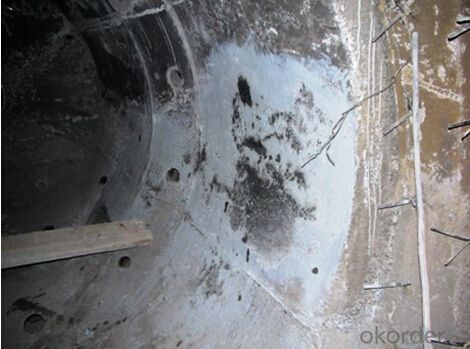

- Q: For refractory, what is critical particle size? Thank you.
- 0
- Q: How many kinds of fireproof materials are there in the market?
- rock wool board? inorganic thermal insulation mortar? glass wool board? expanded glass? ceramic foam plate? sand aerated concrete? haydite concrete? foam cement? vitrified micro bubble panel
- Q: How to solve the shell, the crack problem of refractory material in the process of forming.
- Pressure mode and number of pressure control "spallation". 2, multiple pressure, pressure degree and discharge way: 1, reduce friction, choose appropriate, than big pressure disposable pressure produced by the plastic deformation, allocate reasonable grading, internal and external friction, reduce billet particles and high die wall bright. 4.--- solve the light one firstly. --moisture content being too high easily cause spallation - the compressibility of water is small and have certain elasticity, appropriately to extend the pressuring time is beneficial. The material can produce large plastic deformation under the effect of continuous load. The right amount of lubricant. - body under the condition of less pressure but long effect time molding. Mould structure is reasonable and improve billet natural stacking density. 5.3, measures to improve the unburned brick molding quality. Many times continuously pressure relief is better than one-off sudden unloading, and controlling the appropriate moisture content;- - is beneficial to air overflow.
- Q: Who knows how to divide the building fire grade and fire resistance grade?
- I hope to help you building fireproof rank division is one of the most basic measure in building fire safety technical measures, Building's fireproof rank is divided into class one, two, three, four according to China's architectural design specification. Fire-resistant capability of the highest level is the strongest; Fire resistance of four level of the weakest. The fire resistance level of a building depends on the combustion performance and fire resistance of the building components that comprise the building. The so-called building component refers to a series of basic components, such as wall, foundation, beam, column, floor, stair, ceiling and so on. The judgment condition of the fire resistance There are three conditions for components' fire resistance limit to be reached, namely, the fire resistance limit of the building component: Loss of support and integrity; loss of time to fire the role of the time; as long as any of these three conditions is met, it will reach its limit of fire. Hope my answer will help you.
- Q: Fire rating of decoration materials
- You can refer to (code for fire protection design of buildings)
- Q: Who knows what kind of fire prevention materials are there?
- 1, Fire-proof board Fire-proof board is the most frequently used materials in the market. There are two kinds of fireproof boards which are commonly used; one is the high pressure decorative board, which has the advantages of fire prevention, damp proof, abrasion resistance, oil resistance, easy cleaning, and more variety of colors and designs. The other one is a glass magnesium fire board, the outer layer of which is a decorative material, the inner layer of which is a mineral glass magnesium fire material. It can resist 1500-degrees high temperature, but not suit for decoration. The installation of fireproof ceiling in the exit passageway, stair well and corridor can ensure safety evacuation, and protect people from the spread of the fire. 2 Fire-proof door Fireproof door is divided into wooden fire proof door, steel fire proof door and stainless steel fire proof door. Usually the fire proof door is used for the opening of the firewall, the entrance to the staircase, the evacuation of the aisle, the openings of the pipeline and other parts of the building, and it has an important role in fire separation and reducing the loss from fire. 2 Fire resisting shutter I hope it may be helpful to you.
- Q: What high-molecular polymers can be used as fire-resistant material binder?
- Organic silicon
- Q: What kind of foundry ingot refractory materials are there? Please be more detailed.
- Classification of refractory materials used in foundry smelting process: refractory brick, siliceous brick, high alumina brick, corundum brick, magnesia brick, magnesia brick, magnesia carbon brick. Unshaped refractory materials: ramming material, castable, refractory cement, silica, magnesia, etc.
- Q: What does refractory mean?
- What is refractory material?Refractory material generally refers to the inorganic refractory degree over 1580oC non metallic materials. It includes natural ore and various products in accordance with certain requirements after a certain process. With the volume stability of high temperature mechanical properties, a good, is the necessary equipment for all kinds of high temperature materials.
- Q: What are the specifications of fireclay bricks?
- Standard sizes of refractory bricks in our country are: 230mm × 114mm × 65mm; standard density: 1, Diatomite insulating bricks 0.7 g / cubic centimeter; 2, Clay bricks 2.9 g / cubic centimeter; 3, High alumina brick 3.2 g / cubic centimeter. You can convert according to the actual volume, and the reference value can be calculated.
Send your message to us
Raw Materials for Ceramic Fiber Refractory Material for Furnace
- Loading Port:
- China Main Port
- Payment Terms:
- TT OR LC
- Min Order Qty:
- -
- Supply Capability:
- -
OKorder Service Pledge
OKorder Financial Service
Similar products
Hot products
Hot Searches
Related keywords
